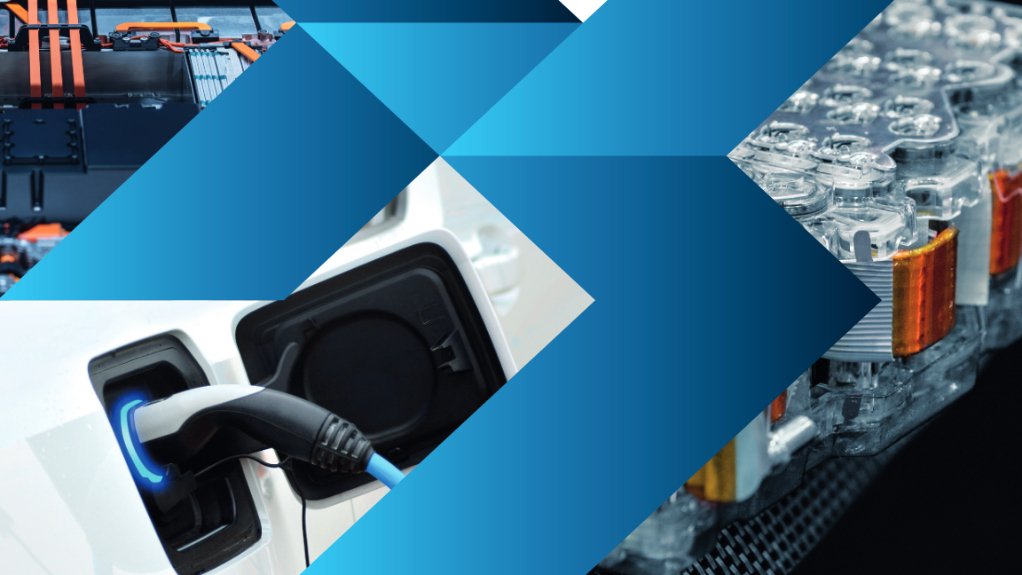- Critical materials: Batteries for electric vehicles9.79 MB
The global energy transition will require profound changes in our energy system. Electric vehicles (EVs) have emerged as a key solution for decarbonising the transport sector. Rapid technological advancements in batteries, marked by significant performance improvements and cost reductions, have greatly enhanced their economic viability. This progress is paving the way for the mass adoption of EVs in segments previously deemed unsuitable, such as long-haul freight road transport.
The rising demand for EVs will significantly increase the need for the materials used in EV batteries, including graphite, lithium, cobalt, copper, phosphorus, manganese and nickel. To address uncertainties in demand and supply, IRENA has developed a supply-demand analysis to explore potential bottlenecks by 2030, aligned with IRENA’s 1.5°C Scenario.
This report aims to provide insights into potential trajectories of critical material demand for 2030 within the context of the rapidly evolving EV market. It investigates how various factors, such as the adoption of different battery chemistries and sizes, affect the balance between the demand and supply of these materials. The report also explores the role of innovation in addressing potential bottlenecks, offering pathways to reduce demand. Furthermore, It details several actions for governments and stakeholders across the EV battery supply chain to ensure an adequate, reliable, sustainable and affordable supply of critical materials for EV batteries by 2030.
Report by the International Renewable Energy Agency
EMAIL THIS ARTICLE SAVE THIS ARTICLE ARTICLE ENQUIRY
To subscribe email subscriptions@creamermedia.co.za or click here
To advertise email advertising@creamermedia.co.za or click here











